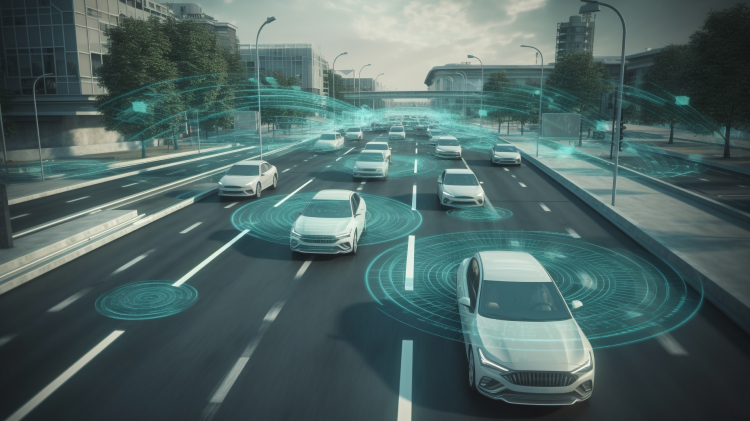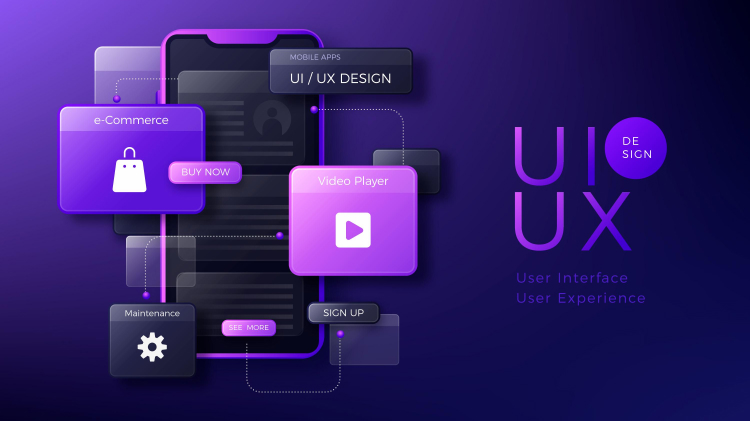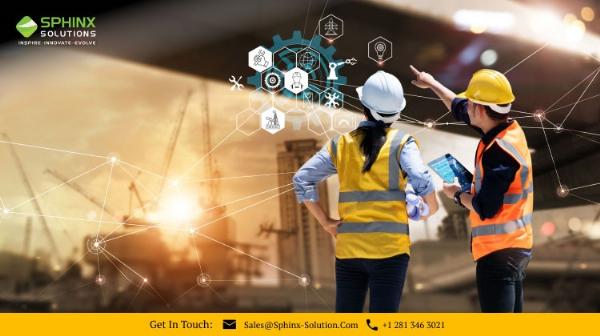The Impact of AI in Transportation: What to Expect in the Coming Years

Strong 8k brings an ultra-HD IPTV experience to your living room and your pocket.
Artificial Intelligence (AI) is quickly transforming the landscape of various industries, and transportation is no exception. From self-driving vehicles to smart traffic management systems, AI in transportation is paving the way for a safer, more efficient, and more sustainable future. AI's impact on transportation will continue to evolve in the coming years, influencing everything from how we commute to how goods are delivered globally. Let’s explore what to expect as this technology reshapes the way we move people and products.
1. Autonomous Vehicles Leading the Way
The concept of autonomous or self-driving vehicles is perhaps one of the most exciting applications of AI in transportation. These vehicles are equipped with advanced AI systems that allow them to navigate roads, avoid obstacles, and make decisions without human intervention. Major companies like Tesla, Google, and traditional automakers are investing heavily in autonomous vehicle technology. Self-driving cars have the potential to reduce human error, which accounts for the majority of road accidents.
As this technology matures, we can expect to see autonomous trucks, buses, and even flying vehicles become part of daily life. AI in transportation will allow these vehicles to optimize routes, save fuel, and deliver goods faster and more reliably. The logistics sector, in particular, stands to benefit immensely, with companies already testing autonomous freight trucks on major highways.
2. Enhanced Traffic Management and Reduced Congestion
Another significant area where AI in transportation is making an impact is in traffic management. Urban areas worldwide are struggling with congestion, leading to longer travel times, increased pollution, and wasted resources. AI-based traffic management systems analyze real-time data from traffic cameras, sensors, and GPS devices to predict and manage traffic flow more efficiently.
These intelligent systems can adjust traffic light patterns, suggest alternate routes, and alert emergency services when accidents occur. AI in transportation can help cities reduce congestion, improve air quality, and make public transportation more reliable. Some cities have already implemented AI-driven systems that have demonstrated reductions in congestion, proving that these solutions are not just theoretical but practical and impactful.
3. Improved Safety Measures with Predictive Analytics
One of the key goals of implementing AI in transportation is to improve safety. Predictive analytics, powered by AI, can help identify potential hazards before they become serious issues. For instance, AI can analyze patterns in traffic accidents to identify high-risk areas and times, enabling authorities to take preventive measures.
AI-powered sensors in vehicles can also monitor driver behavior, alerting them if they’re fatigued or distracted. Commercial transportation companies are increasingly using AI in transportation to ensure their drivers and vehicles adhere to safety standards. This predictive approach not only saves lives but also reduces costs associated with accidents and vehicle repairs.
4. Optimizing Fuel Efficiency and Environmental Impact
As global concerns around climate change and pollution rise, AI in transportation is playing a vital role in promoting greener practices. AI systems can analyze fuel consumption data, vehicle maintenance schedules, and route efficiency to suggest the most eco-friendly practices. For example, AI can optimize routes to minimize fuel consumption, reducing carbon emissions and operational costs for logistics companies.
Electric vehicles (EVs) are also benefiting from advancements in AI in transportation. AI helps manage battery usage and predicts charging needs, making EVs more viable for long-haul transportation. Companies like Amazon and UPS are exploring AI-integrated electric delivery vans that reduce fuel costs while promoting sustainability. As a result, AI not only enhances transportation efficiency but also contributes positively to environmental goals.
5. Revolutionizing Public Transportation
Public transportation systems, including buses, subways, and railways, are becoming more efficient thanks to AI in transportation. AI enables real-time scheduling adjustments based on demand, predicts maintenance needs to avoid breakdowns, and enhances security through surveillance systems. Many cities are using AI to introduce "smart buses" that dynamically adjust routes based on passenger demand, reducing wait times and making public transport a more attractive option.
In addition, AI can help transit authorities optimize fare pricing by predicting demand patterns, making public transportation more accessible and affordable for commuters. The integration of AI in transportation can create a more seamless and user-friendly experience, encouraging more people to use these eco-friendly options.
6. Streamlined Logistics and Supply Chain Management
AI is also redefining logistics and supply chain management within the transportation industry. With the help of AI-driven platforms, companies can automate inventory tracking, forecast demand, and optimize delivery routes. This level of precision is critical for industries like e-commerce, where timely deliveries are essential.
AI in transportation facilitates end-to-end visibility of goods in transit, allowing companies to adjust plans in real time. For instance, if a delay occurs due to weather, AI can automatically update delivery schedules and inform customers. This transparency not only improves efficiency but also enhances customer satisfaction, which is invaluable in today’s competitive market.
7. Challenges and Future Prospects
While the potential benefits of AI in transportation are substantial, there are challenges to consider. Autonomous vehicles, for instance, still face regulatory hurdles and ethical considerations. Implementing AI in traffic management requires significant infrastructure upgrades, which may be costly for some cities. Data privacy is another concern, as AI-driven systems rely heavily on collecting and processing personal data.
Despite these challenges, the future of AI in transportation looks promising. As technology advances, AI will likely become even more integrated into the transportation systems we use every day. We can anticipate improvements in autonomous vehicle safety, smarter traffic management systems, and cleaner transportation options that benefit society as a whole.
Conclusion
AI in transportation is not just a futuristic concept; it’s an ongoing transformation that’s reshaping how we move people and goods around the world. From autonomous vehicles and smart traffic management to optimized logistics, AI is making transportation safer, more efficient, and environmentally friendly. Although there are hurdles to overcome, the benefits of AI in transportation are undeniable. As we move forward, this technology will continue to revolutionize the industry, creating a more connected and sustainable world for future generations.
Note: IndiBlogHub features both user-submitted and editorial content. We do not verify third-party contributions. Read our Disclaimer and Privacy Policyfor details.





